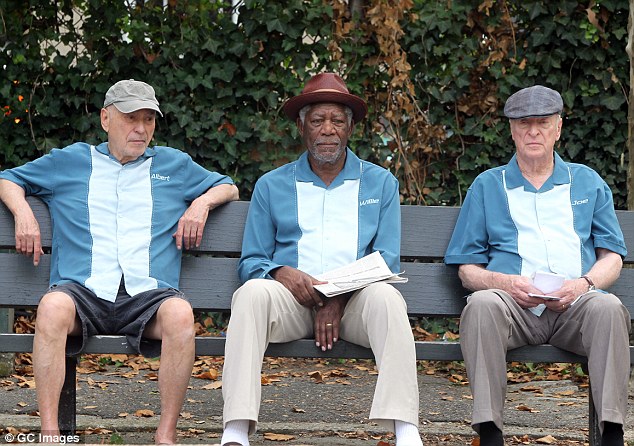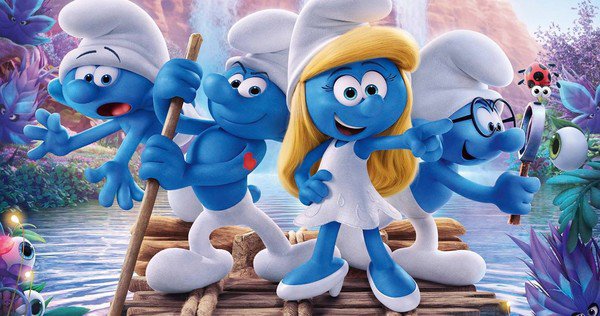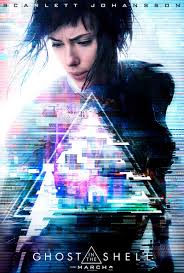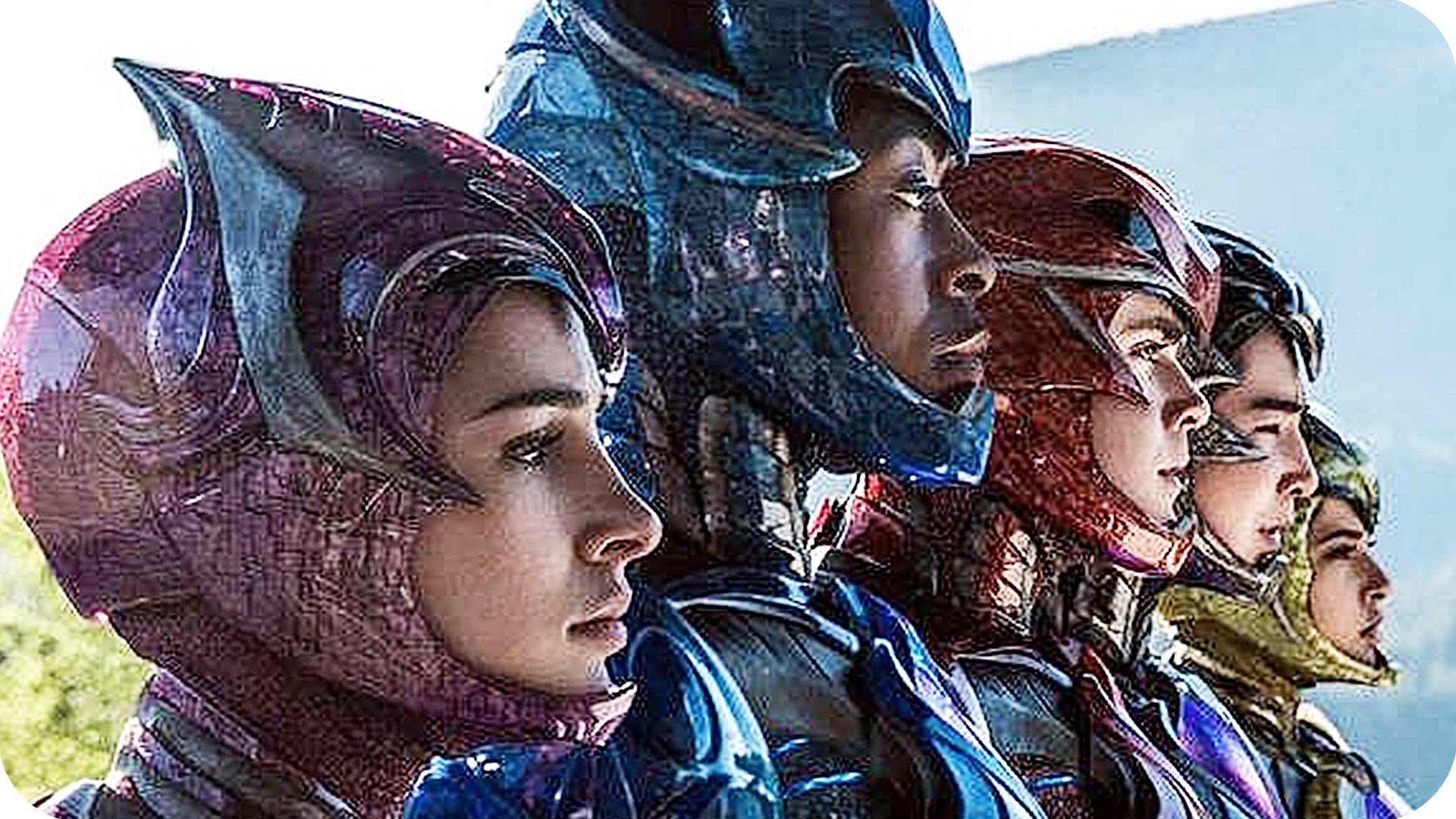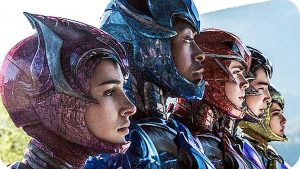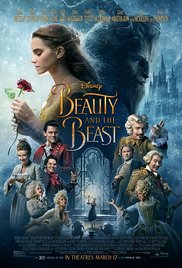Going in Style
Posted on April 6, 2017 at 5:31 pm
B-| Lowest Recommended Age: | High School |
| MPAA Rating: | Rated PG-13 for drug content, language and some suggestive material |
| Profanity: | Some strong language |
| Alcohol/ Drugs: | Alcohol |
| Violence/ Scariness: | Mostly comic peril and violence, issues of aging and illness |
| Diversity Issues: | Diverse characters |
| Date Released to Theaters: | April 7, 2017 |
| Date Released to DVD: | July 31, 2017 |

As in the original, which co-starred Art Carney and Lee Strasberg, it is the story of three old guys who rob a bank. This time, the script by Theodore Melfi (“St. Vincent,” “Hidden Figures”) leverages the post-financial meltdown Trump era animosity toward banks and big multi-national corporations that consider the pensions they promised their long-term employees as just another stream of revenue to redirect to investment bankers and CEOs. Joe (Caine), Willie (Freeman), and Albert (Alan Arkin) are not just proving that experience and wiliness will triumph over youth and overconfidence; they are a new version of Robin Hood, seeking justice for the little guys.
The men are all retirees from the same manufacturing company, which is moving all of its operations out of the United States and cancelling all pension plans. Joe, whose daughter and granddaughter (Joey King) live with him, has had to stop making the mortgage payments that tripled after his rate went up, and his home is in foreclosure. Willie’s dialysis is not enough any more and he will die if he does not get a new kidney. When Joe’s meeting at the bank about his mortgage is interrupted by a bank robbery, it looks like a way for him to solve his money problems.
The three leads give it their best, and there is simply nothing better than that. Their enjoyment in each other and in the chance to have some fun as the movie’s heroes is palpable. And it is a joy to see the still-lovely and very game Ann-Margret as a grocery store clerk with a crush on Al. “SNL’s” Kenan Thompson and Siobhan Fallon Hogan are bright spots, but the gifted Matt Dillon, Christopher Lloyd, Josh Pais, and Peter Serafinowicz (“Spy”) are vastly under-used in one-dimensional roles. This especially disappointing from director Zach Braff (“Garden State”) and screenwriter Theodore Melfi, who seem to think that their only choice here is to make a thinly imagined, tiresomely formulaic, numbingly predictable story. Topical references notwithstanding, the movie is more outdated than the 1979 original.
Parents should know that this film includes armed robberies, guns, serious illness, marijuana, drinking and drunkenness, some strong language, sexual references and non-explicit situations.
Family discussion: What did each man find the most persuasive reason to rob the bank? What was the most important advice they got?
If you like this, try: the original version with George Burns, Art Carney, and Lee Strasberg, and “Tower Heist”

